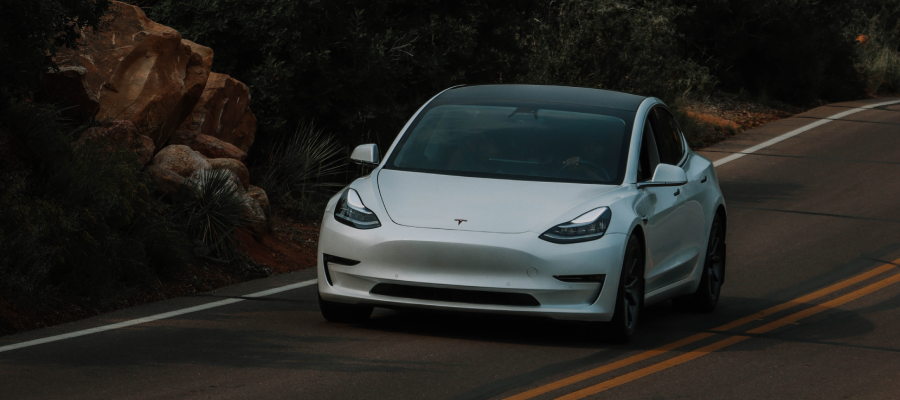Tesla recently published its 2022 Impact Report in which it included a claim that based on data to date, the batteries of the model S/X are expected to lose an average of 12% in capacity after 200,000 miles of use. Given that, according to the report, the average car in the US gets scrapped after 200,000 miles and after 150,000 miles in Europe, this means that the battery pack (at least in these models) is expected to outlast the average lifespan of the vehicle.
Tesla notes that mileage alone isn’t the only factor to affect battery degradation. Others include age, the environment that the battery has been exposed to and how the vehicle has been charged. Whilst this data is encouraging, with the lasted Tesla Model S having an estimated range of 396 miles (according to Tesla’s website) and the Model X an estimated 333 miles, a 10% plus reduction in range during the lifetime of the vehicle could be enough to put off a 2nd hand purchaser. This data is also useful to aid manufacturers of other core components of an EV including the on-board charger manufacturer. Based on a vehicle lifespan of 200,000 miles, the OBC could be required to perform a minimum of 600 charges. In reality, a mix of AC and DC charging is likely (DC charging doesn’t use the OBC) and it’s unlikely that the vehicle will be charged to maximum capacity each time so the total number of charging cycles will be higher. Similar calculations can be made for understanding the requirements of EV charging connectors and cables.
SAR’s EV Charging Service quantifies and forecasts the market for EV on-Board chargers as well as EV charging infrastructure (charging stations) and includes an ecosystem/supply chain analysis. SAR’s Battery Management Service quantifies and forecasts the market for the battery management ICs used in EVs and EV battery packs.



